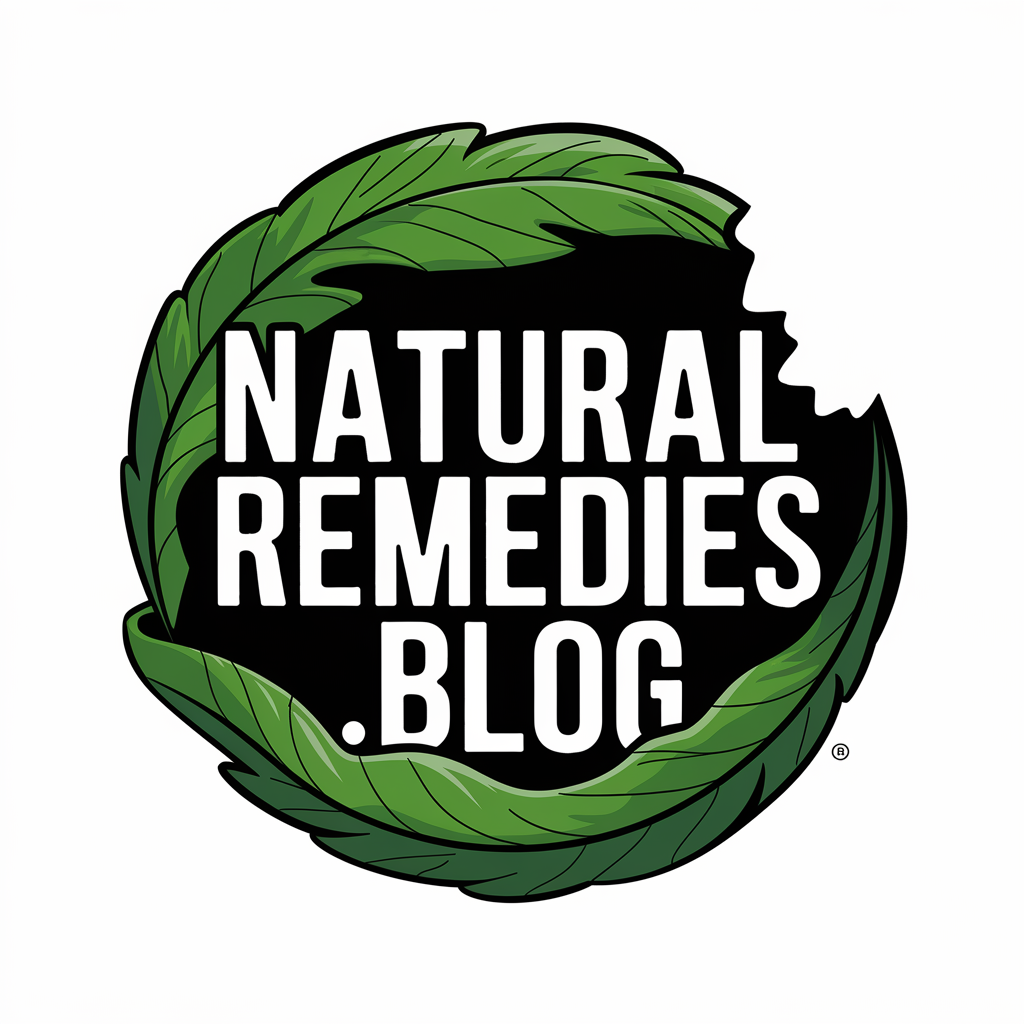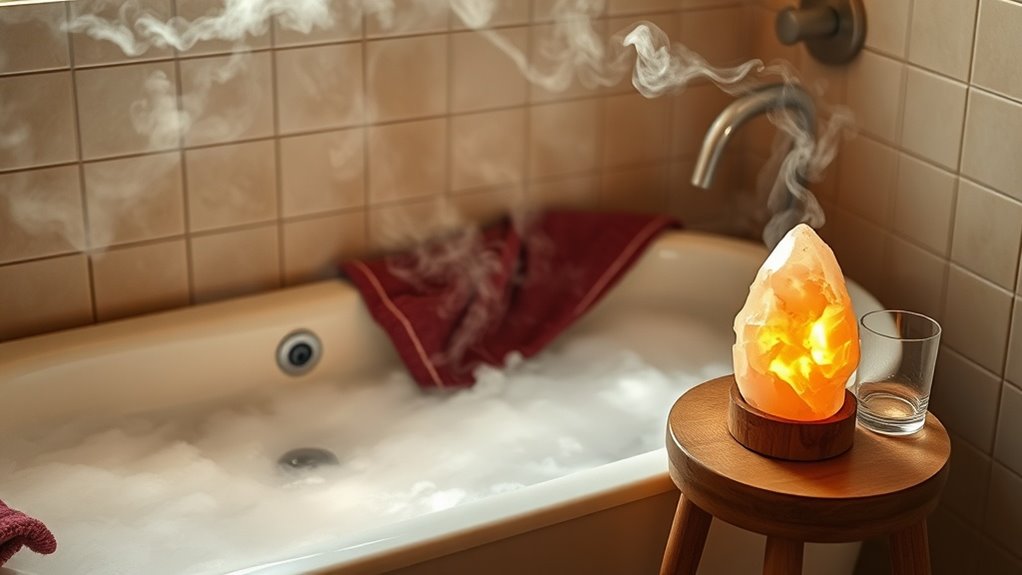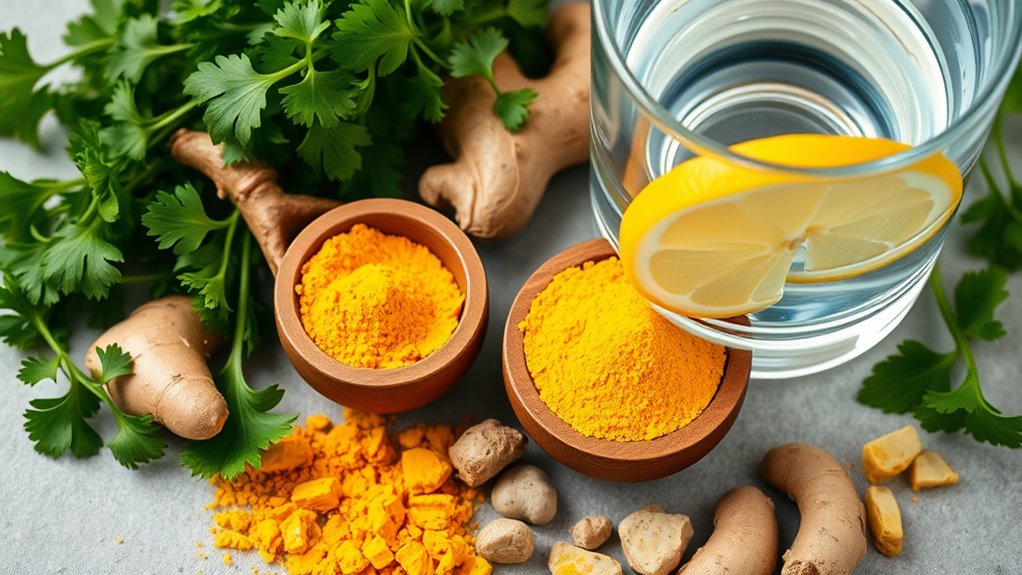My Trick for Soothing Kidney Stone Pain at Home
Understanding Kidney Stone Pain
When kidney stones begin moving through your urinary tract, they can trigger intense pain known as renal colic.
You’ll likely feel sharp, cramping pain in your lower back, side, or abdomen that comes in waves. The discomfort may radiate to your groin area and can be accompanied by nausea, vomiting, and frequent urination.
Before trying kidney stone remedies at home, it’s crucial to understand that the pain’s severity often correlates with the stone’s size and location. Small stones under 4mm typically pass naturally, while larger ones may require medical intervention. The pain usually peaks as the stone moves through narrow portions of your urinary tract. Drinking plenty of water is vital to prevent stone formation and help ease the pain as you attempt to pass the stone.
The Apple Cider Vinegar Method
Many kidney stone sufferers turn to apple cider vinegar as a natural home remedy to help manage their symptoms. When using this method, you’ll need to mix two tablespoons of raw, unfiltered apple cider vinegar with 8 ounces of water.
The vinegar method works through three primary mechanisms:
- Helps break down calcium deposits in kidney stones
- Creates a more alkaline environment in your urinary tract
- Contains citric acid that may prevent stone formation
In addition to these benefits, apple cider vinegar’s digestive health properties may contribute to improved nutrient absorption, further supporting your overall wellness.
You should drink this mixture twice daily until your symptoms improve.
While some find relief with this method, it’s essential to consult your healthcare provider before starting any treatment regimen.
Hydration and Pain Management
Staying properly hydrated serves as one of the most crucial steps in managing kidney stone pain at home.
You’ll need to drink 8-12 glasses of water daily to help flush out the stone and reduce discomfort. Keep track of your urine color – it should be light yellow to clear.
For pain management, you can alternate between hot and cold compresses on your lower back.
Over-the-counter pain relievers like ibuprofen can help reduce inflammation and discomfort.
Don’t take aspirin, as it may increase bleeding risk.
Remember to avoid caffeine and alcohol, as they can contribute to dehydration and worsen your symptoms. Additionally, a high sodium diet can lead to conditions that make kidney stones more likely, so it’s important to monitor your dietary intake.
Essential Stretches and Positions
When experiencing kidney stone discomfort, you’ll want to try two key stretching positions that can help alleviate pain.
The Side Lying Hip Opener involves lying on your side with your top knee bent and pulled toward your chest, which helps release tension in your lower back and pelvic area.
For the Standing Lower Back Stretch, stand with your feet shoulder-width apart and gently bend forward while keeping your knees slightly bent, allowing your back muscles to decompress and potentially ease stone-related pain.
Side Lying Hip Opener
The side lying hip opener stretch provides targeted relief for kidney stone discomfort by releasing tension in the pelvic and lower back regions. Lie on your right side with your left leg bent at 90 degrees, resting on a pillow. Keep your right leg straight and aligned with your body.
For maximum benefit, follow these key steps:
-
Draw your left knee toward your chest while maintaining contact with the pillow.
-
Hold the position for 30-45 seconds while breathing deeply.
-
Switch sides and repeat the stretch to ensure balanced relief.
Don’t force the stretch if you’re experiencing intense pain. You’ll feel a gentle opening sensation across your hip flexors.
Standing Lower Back Stretch
Because kidney stones often cause radiating lower back pain, performing a standing lower back stretch can help alleviate discomfort and promote muscle relaxation.
Stand with your feet shoulder-width apart and place your hands on your lower back, fingers pointing downward. Gently arch backward, supporting your spine with your hands. Keep your neck in a neutral position and don’t lock your knees.
Hold this position for 10-15 seconds while taking deep breaths. If you feel any sharp pain or dizziness, slowly return to the starting position. You can repeat this stretch 2-3 times, allowing your back muscles to gradually release tension.
Natural Herbs and Supplements
You’ll find several herbs that support kidney function and stone management, including hydrangea root, gravel root, and marshmallow root.
For direct pain relief, you can supplement with magnesium, vitamin B6, and potassium citrate, which help relax muscle tension and reduce discomfort.
These natural options work best when combined with proper hydration and medical guidance from your healthcare provider.
Beneficial Kidney Support Herbs
Natural herbs and supplements can provide significant relief while supporting overall kidney health during a kidney stone episode.
You’ll find several research-backed herbal options that work effectively for kidney support and pain management.
Key beneficial herbs include:
- Chanca Piedra (stone breaker) – helps break down and prevent calcium-based kidney stones
- Marshmallow Root – reduces inflammation and soothes urinary tract irritation
- Hydrangea Root – supports kidney function and helps dissolve mineral deposits
These herbs work best when steeped as tea or taken in supplement form.
Consult your healthcare provider before starting any herbal treatment, especially if you’re taking prescription medications.
Best Pain-Relieving Supplements
Several well-researched supplements can help manage kidney stone pain effectively while supporting your body’s natural healing process.
You’ll find relief with curcumin, which reduces inflammation and pain intensity.
Magnesium citrate helps relax smooth muscles and may ease stone passage.
B6 vitamins can prevent stone formation while reducing discomfort.
Consider adding chanca piedra, known as “stone breaker,” which studies show may help dissolve existing stones.
Fish oil’s omega-3s decrease inflammation and pain signals.
For optimal results, pair these supplements with potassium citrate, which helps alkalize urine and prevent crystal formation.
Creating a Pain Relief Routine
Managing kidney stone pain effectively requires a structured approach that combines multiple relief methods throughout the day.
You’ll need to establish specific times for medication, hydration, and movement to maximize pain control.
Create a daily schedule that includes:
- Taking prescribed pain medications at consistent intervals to maintain steady blood levels
- Drinking water every 30-60 minutes during waking hours
- Performing gentle stretches or walking sessions between rest periods
Track your pain levels and symptoms in a journal to identify patterns and adjust your routine accordingly.
Stay consistent with your schedule, even when pain temporarily subsides, to prevent breakthrough discomfort.
When to Seek Medical Help
While home remedies can help control kidney stone pain, you must recognize when symptoms require immediate medical attention. If you experience any of these critical symptoms, head to the emergency room immediately.
| Symptom | Severity | Action Required |
|---|---|---|
| Fever over 101.5°F | Severe | Immediate ER visit |
| Vomiting/dehydration | Severe | Immediate ER visit |
| Blood in urine | Moderate-Severe | Same-day doctor visit |
| Unbearable pain | Severe | Immediate ER visit |
Don’t hesitate to call your doctor if you’re unsure about your symptoms. Some kidney stones require medical intervention, and delaying treatment could lead to complications.







